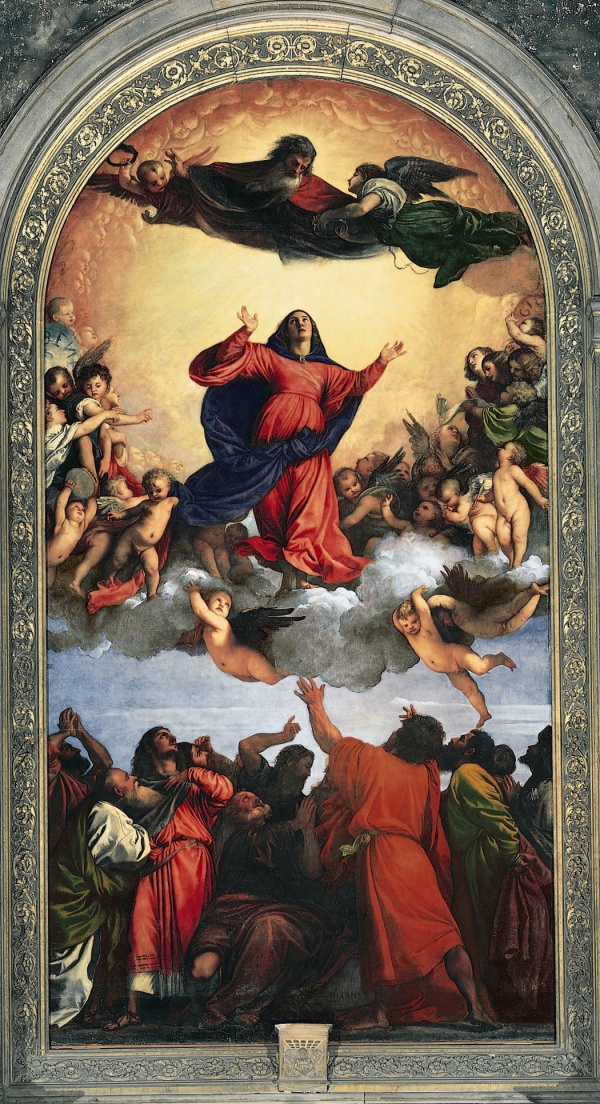Facts About Assumption of the Virgin
The "Assumption of the Virgin" also known as the "Frari Assumption" is a breathtaking altarpiece painted by the renowned Italian Renaissance artist Titian between 1515 and 1518. This masterpiece is prominently displayed in the Basilica di Santa Maria Gloriosa dei Frari in Venice. It portrays the Assumption of Mary, a Catholic belief which, though a long-standing tradition, was not officially proclaimed as a doctrine until 1950. The painting beautifully depicts the Virgin Mary being lifted into heaven, surrounded by apostles and angels, with God the Father standing ready to crown her.
Titian's work signifies a substantial departure from the traditional art of Venice, drawing inspiration from the High Renaissance styles of Florence and Rome. Unlike the typically serene depictions of saints in Venetian art, Titian's figures are dynamic and dramatic. The altarpiece is renowned for its monumental figures, expressive gestures, and masterful use of light and shadow to enhance the forms.
The painting’s journey includes initial skepticism from viewers, eventual acclaim as a masterpiece, and periods of meticulous conservation and relocation. It is often compared to Raphael's "Transfiguration" with Titian’s approach to form, light, and color distinguished by its intensity and emotional depth.
The "Assumption of the Virgin" holds a special place in the Frari church, harmonizing with the altar and the surrounding architectural elements. Over the years, conservation efforts have addressed challenges such as paint flaking and vibrations from nearby organ pipes. This iconic piece remains a cornerstone of art history, showcasing Titian's exceptional technique and innovative composition.

 Austria
Austria